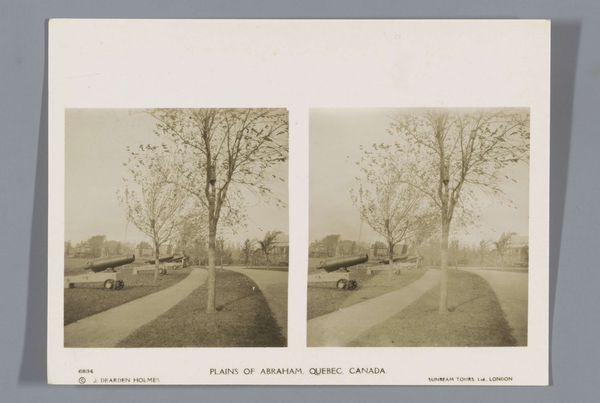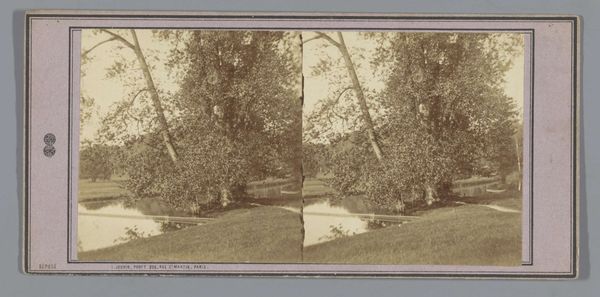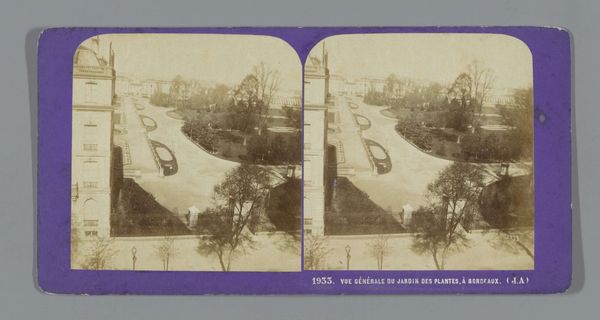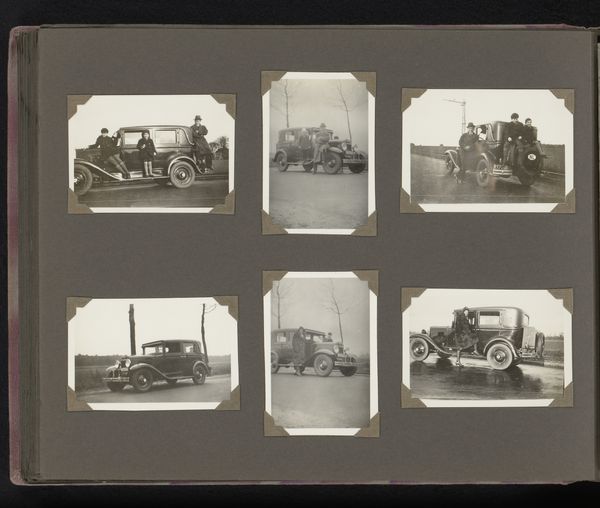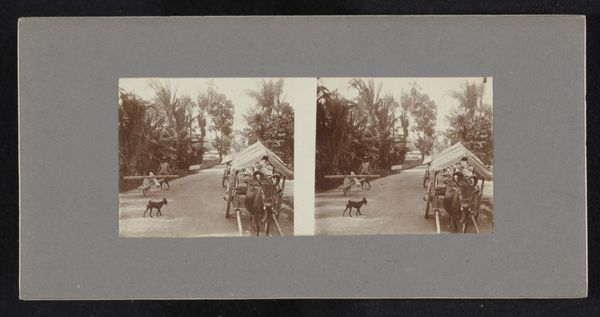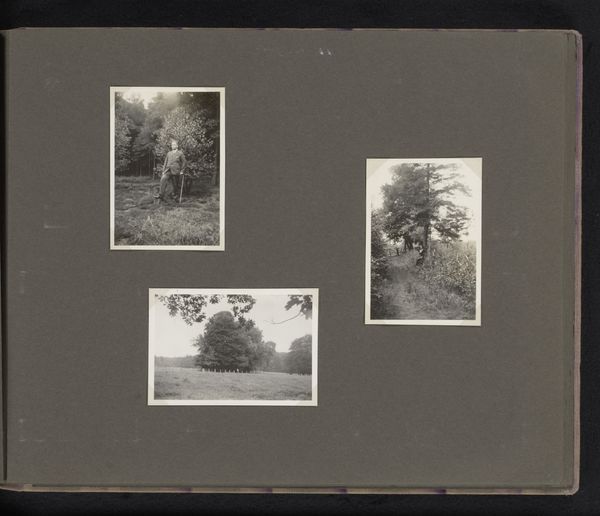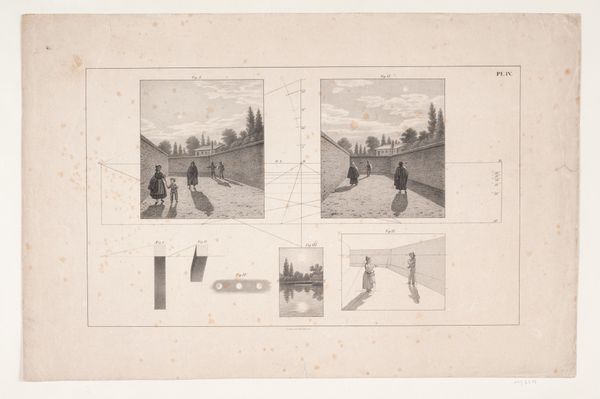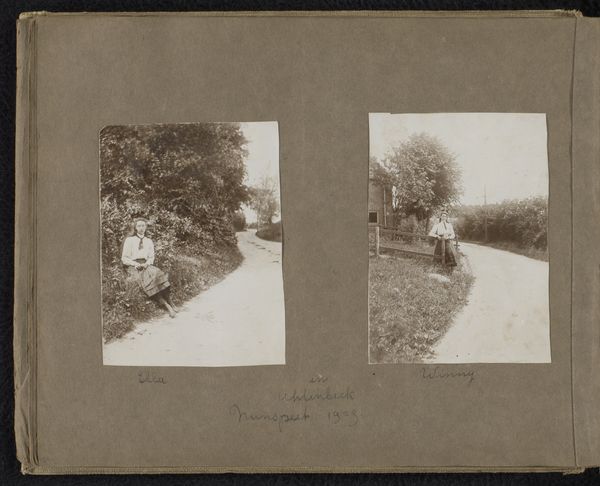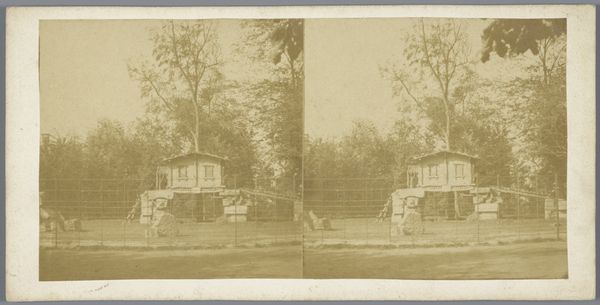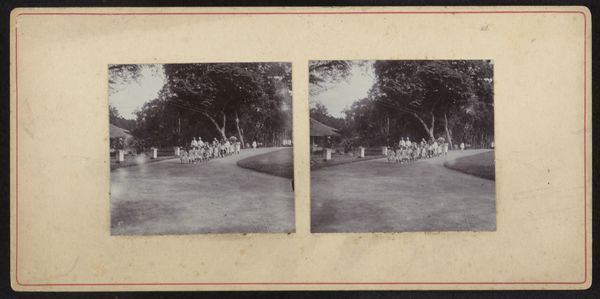
print, photography, gelatin-silver-print
# print
#
landscape
#
photography
#
gelatin-silver-print
Dimensions: height 82 mm, width 114 mm
Copyright: Rijks Museum: Open Domain
Curator: This gelatin silver print, taken sometime between 1924 and 1926, is entitled "Cannons at the Plains of Abraham in Quebec" by J. Dearden Holmes. Editor: My first impression is one of stillness. The composition, with the cannons rigidly placed, almost feels staged. It's remarkably calm considering the history those objects imply. Curator: Indeed. The cannons are rendered as static objects within a deliberately composed landscape. The geometry created by the base, the trees, the line of the cannons—they converge to establish an almost classical sense of order and balance. Note how the monochrome palette further enhances the serenity of the scene. Editor: It’s the materiality that strikes me. Look at the textures—the rough-hewn metal of the cannons juxtaposed with the soft focus of the background. There’s an implied weight, a sense of the labor involved in the creation and deployment of these weapons. It's interesting to view this armament within the park landscape. What's its intended use, the park, and where do those weapons belong, really? Curator: I see your point. There is an undeniable tension. The cannons, despite their historical function as instruments of war, are presented here almost as monuments, their form elevated within a seemingly idyllic park environment. This creates an ambivalence. Editor: Right, it forces a conversation. These artifacts weren't simply made, they are implicated in very specific and complex social, economic, and military actions. The transformation of these deadly objects into passive park decor speaks volumes about how we negotiate history and reconcile violence into accepted national narratives. Curator: Your materialist perspective underscores how art can function as a complex negotiation between form, history, and ideology. Considering this from a structural vantage, the binary between destruction and peace is certainly at the forefront. Editor: And perhaps between labor and leisure, too. A park necessitates the work and exploitation of labor, just like weapon creation. Both objects coexisting side by side—what kind of statement are we as the public receiving? This opens the door to larger inquiries and recontextualizes so-called passive objects. Curator: Quite insightful. It really proves the power of this particular gelatin-silver print to engage us in meaningful contemplation. Editor: Absolutely. There is far more at play than meets the eye at first glance.
Comments
No comments
Be the first to comment and join the conversation on the ultimate creative platform.
